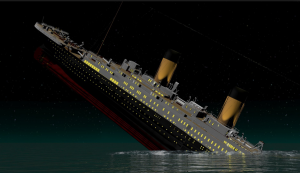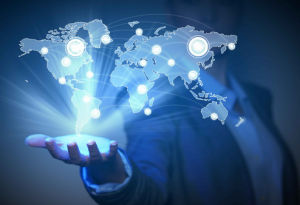 I always look particularly forward to this report as it provides a range of insights that are shaping our world and how innovation is adapting and altering this.
I always look particularly forward to this report as it provides a range of insights that are shaping our world and how innovation is adapting and altering this.
Now the report in its fifth edition, it is now spanning 23 countries where the opinions of senior innovation executives or the equivalent are sought out, covering 2,748 executives, with 1,915 being in the C-Suite.
This year the barometer decided to explore the perceptions of the (informed) public for their thoughts on innovation’s growing impact and in particular, the future of work and they interviewed 1,346 to gain some useful insights and pointers that separate business and the citizen in their understandings.
The report covers a significant amount of areas across innovation. Here I wanted to pull out just a couple that initially caught my eye. I might add to this in further posts.



 The days of simply having ideas moving through a pipeline and coming out the other end as finished product and services seems part of our great past.
The days of simply having ideas moving through a pipeline and coming out the other end as finished product and services seems part of our great past.



